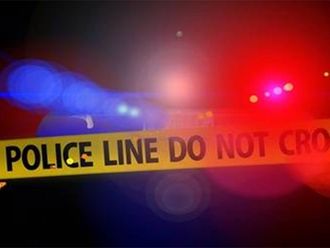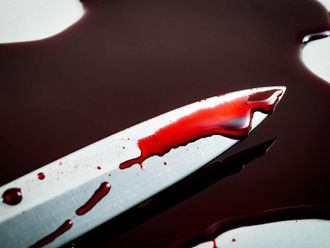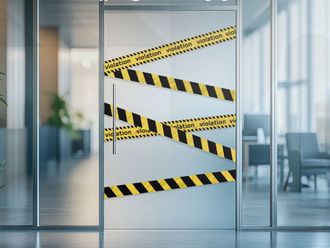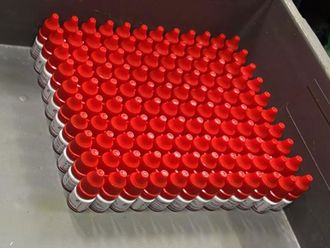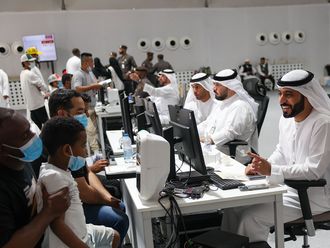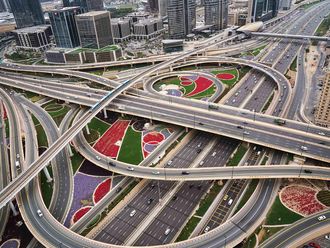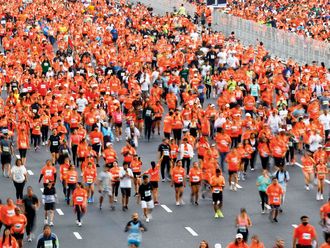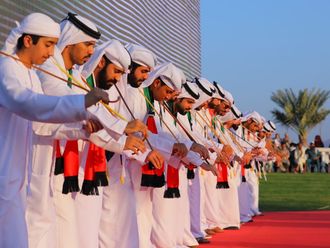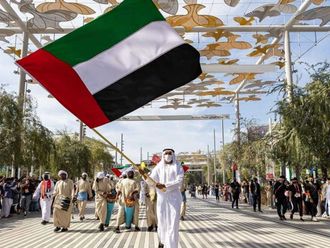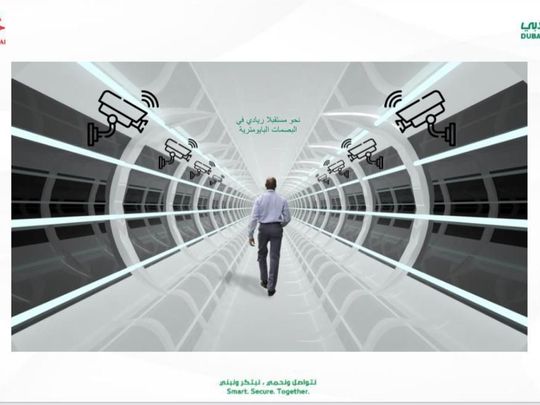
Dubai: Forensic and biometric checks in physical and visual evidence helped Dubai Police solve 3,200 cases in 2022.
Captain Mohammad Shafi’a, expert in visual evidence analysis at Dubai Police, told Gulf News that the work of police personnel is no longer limited to analysing evidence from crime scenes to search for and apprehend offenders.
“Today, proactivity has become a binding act that requires us to anticipate future challenges and develop solutions, practices and techniques to counter emerging criminal methods. Therefore, and as per the directives of Lt. Gen. Abdullah Khalifa Al Marri, Commander-in-Chief of Dubai Police, we started utilising biometric fingerprints, other than faceprints that we used as visual forensic evidence, to reveal the identity of the accused,” he said.
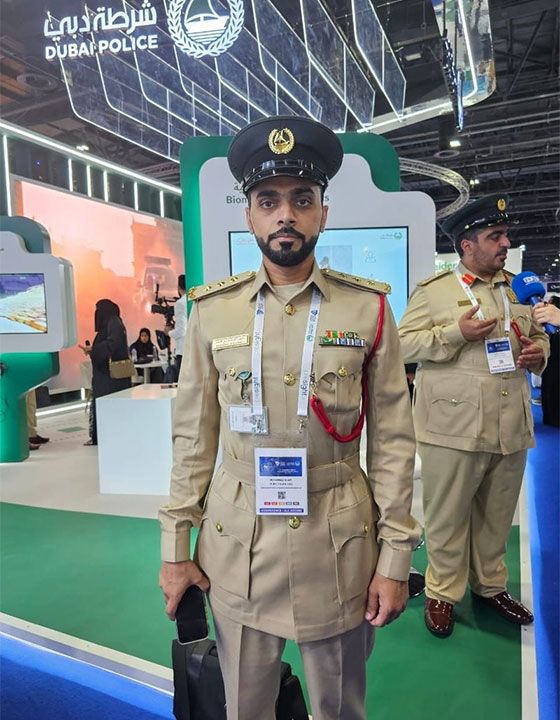
Forensic biometrics combined with AI
Capt Shafi’a said Dubai Police forensic experts have successfully employed forensic biometrics to overcome challenges that avoided faceprints when identifying perpetrators wearing face masks during the outbreak of COVID-19.
“When combined with the artificial intelligence (AI) systems that we possess, forensic biometrics have proven their effectiveness and aided the experts in many cases in finding evidence that acquitted suspects and condemned others.”
In one incident, police found there were 26 cases of credit card thefts involving the same person. The suspect withdrew Dh500,000 from the account of his victims. At the time of the theft, the suspect was wearing a mask, gloves and glasses. He made it difficult for the police to identify him. Pictures taken by the cameras installed in the ATM revealed tattoos on his hand.
The suspect from Russia, who had entered the country on a visit visa, was identified by ear print and arrested in record time.
Biometric tunnel
Dubai Police intend to use a 20-metre-long tunnel with more than 25 cameras to evaluate the body movement of suspects. The new device, which will be introduced this year, is a highly advanced system enabling large-scale biometric identification.
When suspects walk through a tunnel, all biometrics are collected and processed.
Dubai Police General Command has won the International Association of Police Chiefs IACP Award for innovating the multi-model forensic biometrics technology, most notably the forensic gait analysis, that covers a person’s pattern of movement.
Visual evidence analysis
Lt Col. Dr Hamad Mansoor Al Awar, Head of the Video and Image Evidence Examination Section at the Forensic e-Evidence Department, told Gulf News their primary duty involves extracting electronic evidence from devices. In other cases, which include visual film materials, they conduct analytical comparisons between the forensic biometrics seen in the graphic materials and those of suspects.
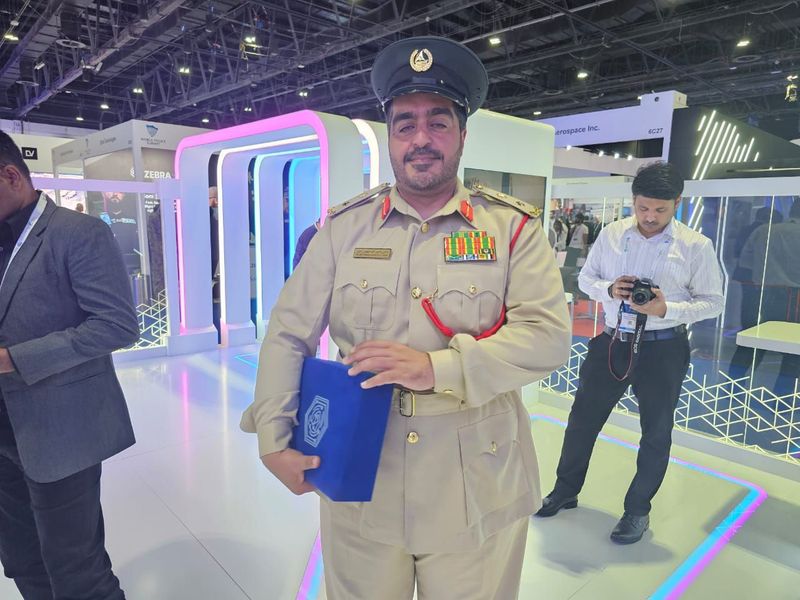
“We used to rely on a technology that analysed faceprints per specific measurements. However, when fingerprints or DNA traces were absent from crime scenes, this technology would become incapable of providing solid evidence when perpetrators hid their faces, wore masks, or were too far from the surveillance camera, or the crime scene had poor lighting,” he said
Five key biometrics
Dr Lt Col Dr Al Awar said they analyse visual materials for multiple forensic biometrics fingerprints, including faceprints, gait patterns, ear prints, handprints and body measurements, to aid investigators and ultimately serve the interest of the criminal justice system.
He revealed that using forensic gait analysis and body measurements helped convict a man dressed in a woman’s abaya (full-length outer garment worn by women) and niqab (face veil) who broke into a flat and stole Dh12 million.
“After analysing CCTV footage from the crime scene, our experts found that the physical measurements and gait patterns in the recording were identical to that of the suspect’s,” he said.
In another case, Lt Col Dr Al Awar said they managed to convict a suspect despite his attempt to conceal his facial features, by matching his handprint, gait patterns, physical measurements and ear print to the visual evidence collected from the crime scene CCTV.
Dr Al Awar confirmed that their technological advancement in analysing electronic forensic evidence prompted local and international police forces to seek Dubai Police’s expertise and assistance in comparing multiple forensic biometrics.


